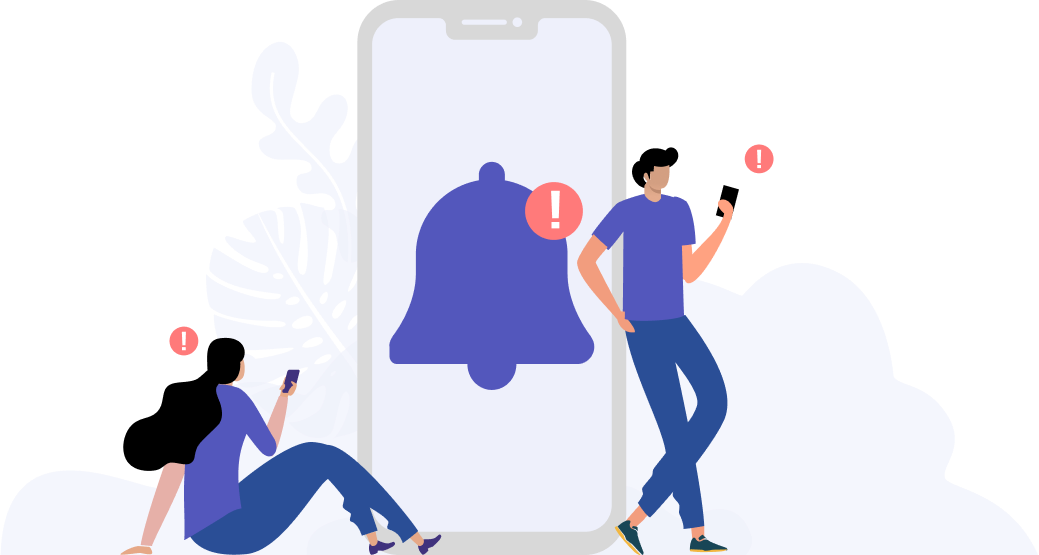Seeing double: how to deal with double vision in children
Double vision, also known as diplopia, can affect your child’s balance, movement and ability to read, making a huge impact on their quality of life.

Photo by Sharon McCutcheon on Unsplash
You’ve probably seen instances of double vision, or seeing two images when you should only see one, in cartoons – a mainstay of our increasingly screen-filled lifestyles. Characters who are intoxicated or have been hit on the head often see double of what they should be seeing, to comedic effect. However, its effect on the quality of life of our little ones is a serious issue, and not a laughing matter – especially when considering the fact that it can be caused by a range of conditions.
These conditions include damage to ocular (or eye) nerves or muscles that control the movement of the eye – after all, we see using a combined representation of our environment from both of our eyes. Any problems in the process can cause vision-related ailments, including double vision. In some cases, refractive errors such as myopia, hyperopia and astigmatism may also cause double vision.
Double vision can occur in one eye (monocular) or both eyes (binocular), each with its own causes and treatments. For monocular double vision, which is less common, some causes include astigmatism, dry eye and cataracts (though these usually occur in older patients).
Binocular double vision usually occurs from a squint or strabismus, which causes the eyes to look in different directions. This is also what affects children more often, due to a variety of factors like overly weak or strong eye muscles and abnormalities in the nerves controlling the eye muscles.

Photo by Caleb Woods on Unsplash
Diagnosing children affected by double vision may be difficult, as kids can’t always explain what they’re experiencing. Parents should look out for some physical signs like covering one eye with their hand to see, turning their head in an unusual way when they’re trying to look at something, looking at objects from the side rather than from the front or having droopy eyelids.
Some nastier symptoms include nausea, loss of balance and pain in or around the eyes (like the temples or even the eyebrows), triggered by the eyes’ movement. Again, children might have difficulty explaining their discomfort to their parents, so it is paramount to keep an eye out for any signs of trouble in order to get your child’s ailments treated by medical professionals.
New, sudden or unexplained double vision requires immediate medical care, especially since there are so many potential causes that could have caused the condition. When visiting the eye doctor or specialist, they will most likely ask questions regarding the onset of this condition to find out what some potential causes could be.
These questions could include:
When did your double vision start?
Have you experienced any other new symptoms, other than double vision?
Have you hit your head recently?
Depending on the cause of the double vision, the eye health professional may prescribe wearing glasses, using an eye patch or implementing an eye exercise regime to treat double vision if refractive errors were the underlying cause. However, it is important to note that treatments may vary depending on the root cause of the condition and in many cases, double vision may ease up by treating the underlying cause.
As always, it’s critical to arm yourselves with the knowledge about common eye diseases – not just for your well-being, but for your children’s as well. Double vision is never as comedic as it appears in cartoons – especially when it’s a persistent problem that affects your loved ones’ everyday life.
Tools Designed for Healthier Eyes
Explore our specifically designed products and services backed by eye health professionals to help keep your children safe online and their eyes healthy.





